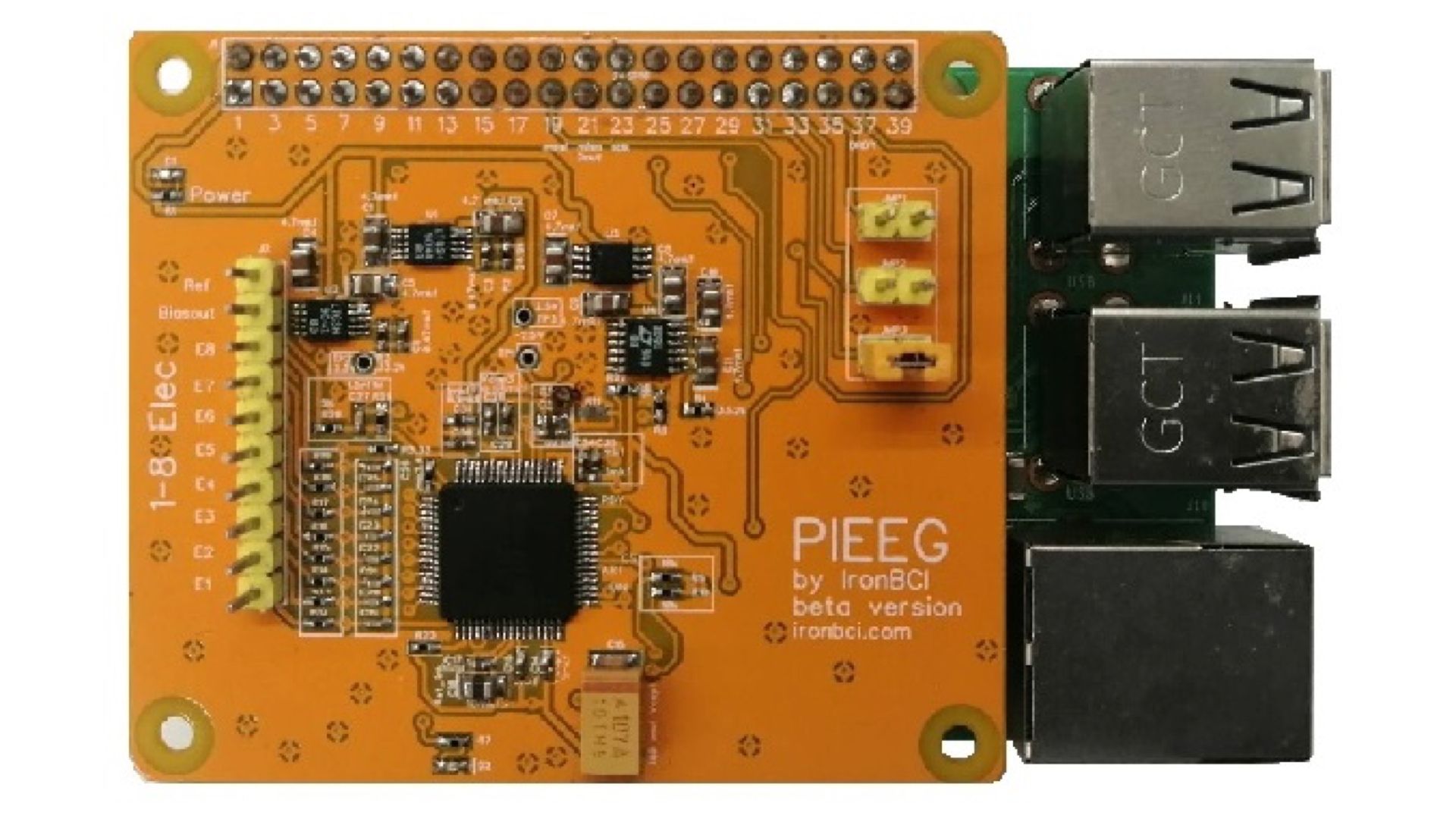#Researcher Turns Raspberry Pi into a Brain Interface – Review Geek

Table of Contents
“Researcher Turns Raspberry Pi into a Brain Interface – Review Geek”
This Raspberry Pi can measure EEG signals.

In another excellent example of the Raspberry Pi community doing amazing things, a researcher at Heriot-Watt University has invented an affordable device to measure and record EEG signals produced by the brain.
According to a new blog post on the Raspberry Pi website, a Neuroscientist named Ildar Rakhmatulin used the Raspberry Pi platform and created a system to measure EEG (electroencephalogram), ECG (electrocardiogram), and even EMGs from the human body.
This little gadget can measure brain signals, which is essentially a brain-computer interface of sorts. That’s not all, either. It can even read and measure microvolts.
Typically, Neuroscientists use complex and expensive commercial amplifiers for such a task, but Rakhmatulin hopes his custom Raspberry Pi build can lead to affordable and effective experimentations. Eventually, the creator hopes it’ll be an end-to-end solution, which he’s calling PiEEG.
So how does this all work? Ildar uses electrodes to contact human skin or tissue, which is then connected to his custom PiEEG board running on software he wrote himself. The system captures electric signals from the brain, digitizes them, then outputs readable recordings to the Pi. There are even filters in place to catch and clean up any interference.
Imagine capturing and processing brain signals in real-time, then exporting those signals to robot arms or replacement limbs. Those are just a few potential uses for such a device. I’m no Neuroscientist, but this sounds pretty amazing. More details about the project are available on GitHub.
via Raspberry Pi
If you liked the article, do not forget to share it with your friends. Follow us on Google News too, click on the star and choose us from your favorites.
For forums sites go to Forum.BuradaBiliyorum.Com
If you want to read more like this article, you can visit our Technology category.




